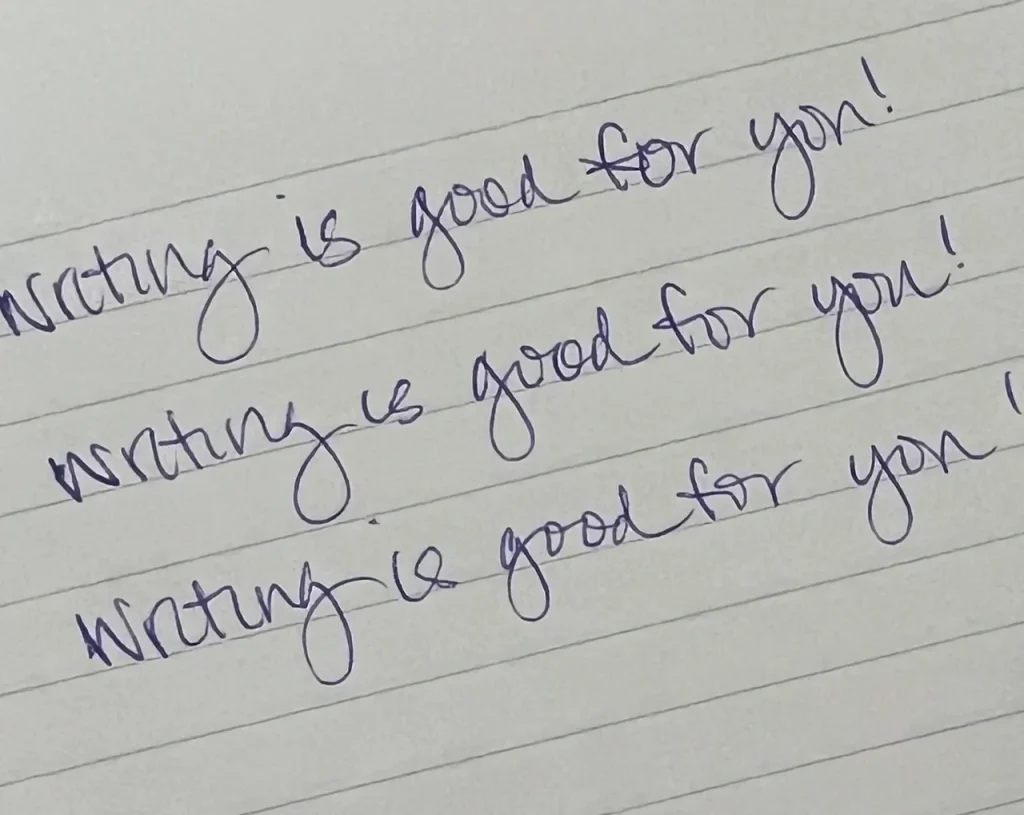Conquering Writer’s Block: Small Steps and Practical Tips

Writer’s block is traditionally defined as a period where you can’t produce new work or your creativity takes a nosedive. This definition, however, is limited. What if we view it instead as a natural part of the creative process during which ideas are brewing beneath the surface? It’s not a block; your inability to put […]
Connect with Your Audience Through Storytelling

Your clients — current and future — are naturally drawn to stories, especially when they see parts of themselves reflected in them. Stories help you move beyond business transactions to establish strong, meaningful relationships with your audience because you recognize and validate their values, dreams, and struggles. Strengthen current connections When you deploy the power […]
The Power of Curiosity: Using the 5 W’s (and one H)

The most successful writers are the most curious. In this way, authors are very similar to journalists. They thirst for understanding and don’t stop asking questions, even when their way forward takes a sharp turn or information isn’t readily available. Both groups fill in the blanks related to the who, what, where, when, why, and […]
15 Minutes a Day to Better Mental and Physical Health

Prioritizing our mental and physical health has become more crucial than ever, and one way to improve both only takes 15 minutes a day: daily expressive writing. The key is using pen and paper, not your computer or the notes app on your phone. Pen and paper. These brief sessions, using a pen and paper, […]
It’s Nice to Meet You: Understanding Your Ideal Reader Avatar

Have you met your ideal reader avatar? Before you write or type the first word of your manuscript, you need to know who will ultimately hold your book in their hands. If you’re a speaker, coach, consultant, or trainer with content you’re ready to transform into a book, your reader may differ from the person […]
How to Find the Time to Write A(nother) Book Before the Holidays

You have years of experience in your field and industry and a list of dozens of talks, webinars, and presentations on your resume. As a result, you already have plenty of content and know-how. And you know you should write a(nother) book to further cement your subject matter expertise and reach more people, but like […]
Nonfiction Is Built on the Pillars of Consistency & Congruency

When you sit down to write your book — no matter if you start from scratch or use content you already have — you need the pillars of consistency and congruency as your foundation to take readers on a journey with a definitive beginning, middle, and end. Creating this solid structure for your story is […]
What Does the Life of Your Dreams Look Like? Let’s Visualize it.

We’re going to visualize the life — the real life — you see for yourself. Yes, this article is interactive! Sit down and remove your hand from your mouse. Place your hands in your lap. Make sure your feet are flat on the floor. Take a deep breath and hold it for a moment. Squeeze […]
The Very Real Cost & Potential Benefits of Self Publishing

For self-publishing authors, the financial investment is considerable, and so is the potential benefit. Final costs might total between $8,000 to $10,000, but what you earn could be unlimited. Why such a significant outlay? Why is editing, in particular, such a costly step in the process? And how can you reap bigger rewards by investing […]
The Power of Three: The Elements of Every Great Story

Every great story shares a not-so-magic formula that deeply connects with its audience. A definitive sense of time and place, character development, and a conflict with resolution are three powerful and critical components of bestselling novels, riveting films, and unforgettable keynote speeches. Let’s talk about the elements of every great story: Establishing Time and Place […]
